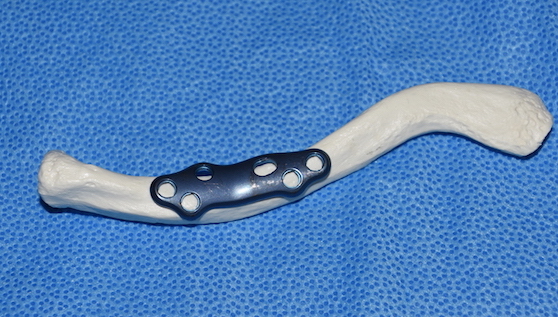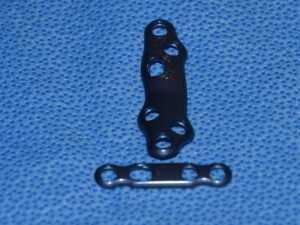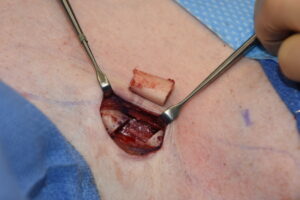
Plate and screw fixation is used to put the clavicular segments back together. But unlike clavicle fracture repair, the incisional exposure is much more limited given that it is an elective aesthetic procedure and the osteotomy line is very narrow. As a result traditional plates used for clavicle fracture repair are longer than is needed and the degree of fixation they supply may be more than is needed. There really is no true plate developed specifically for clavicle reduction osteotomies.
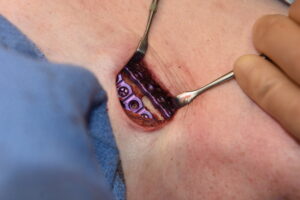
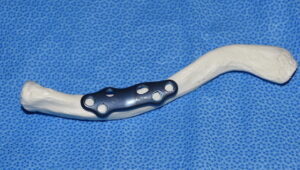
These type of curved plates are used in podiatric surgery where the metatarsal bones have a tubular shape. Weight bearing in the foot is associated with different functional loading than that of the clavicles and can also be better splinted than that of the shoulders, particularly when both clavicles have been reduced. But it remains an appealing plate option in which clinical experience will determine if it has comparative effectiveness.
Dr. Barry Eppley
Indianapolis, Indiana

